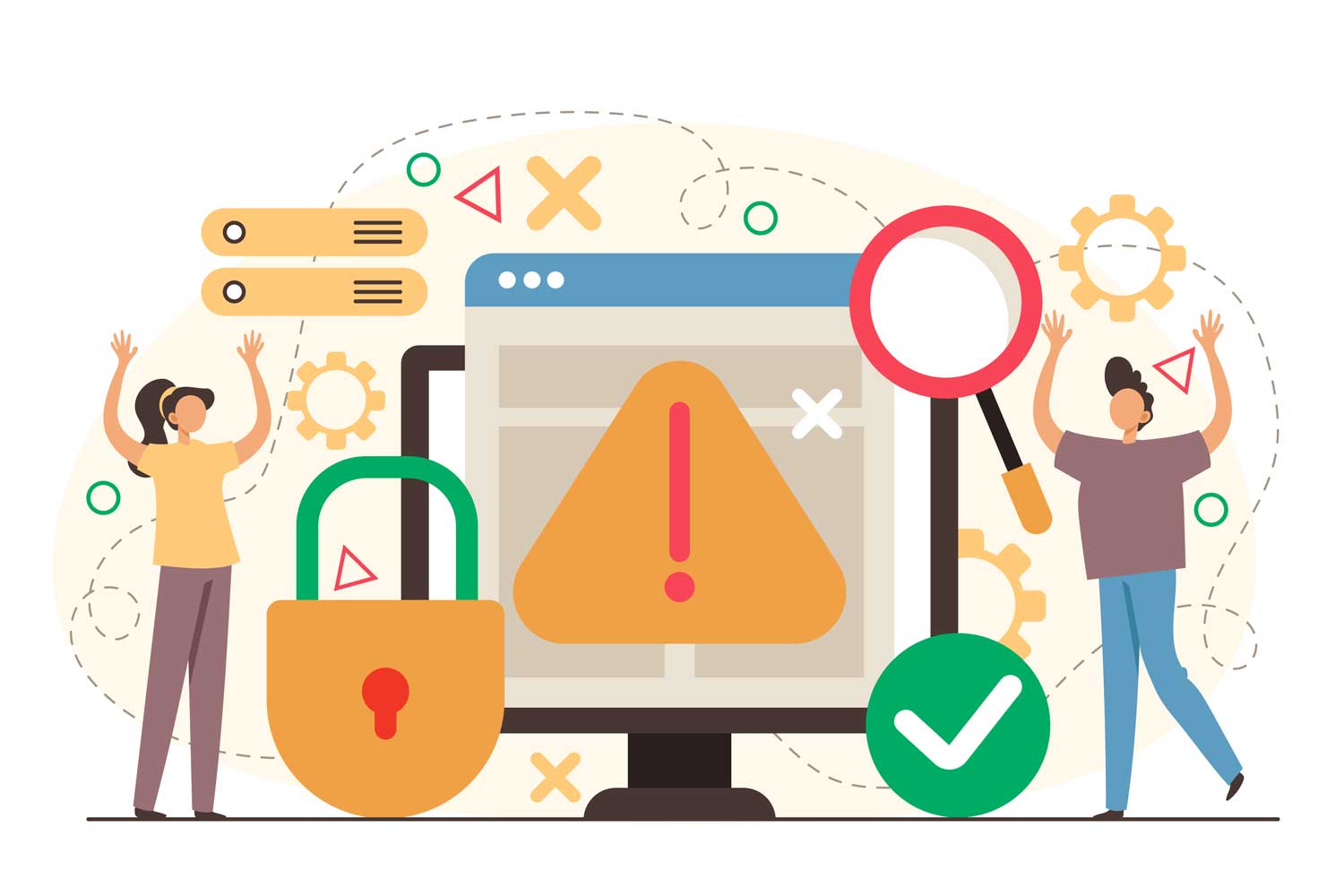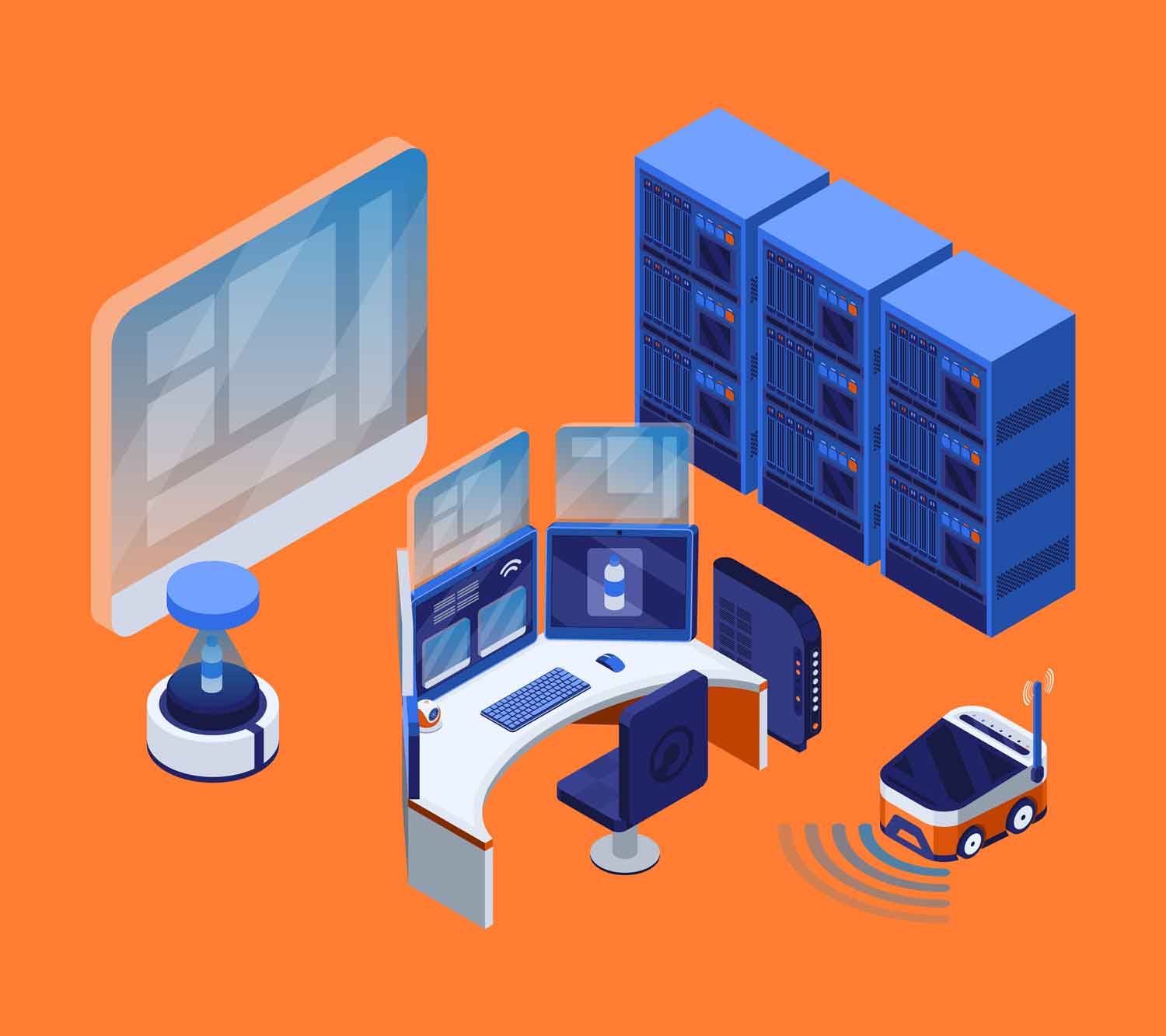Today’s application development relies heavily on speed. Rapid iterative strategies that support development and deployment have essentially overtaken the old waterfall method for developing applications. Continuous delivery and continuous integration are two names for these methodologies.
Changes are inescapable and ongoing with the CI/CD process. Any adjustments made to the applications could result in an unexpected outcome and affect the end product. Because of this, developers and testers modify source code to remove flaws after finding them. Regression testing is a type of testing used to ensure that modifications made to an application do not impair the functionality that already exists.
In this article, we’ll learn how to make sure CI testing is reliable as well as consistent across various builds and versions. But before we talk about it, let’s first learn more about the CI process, including what it is, what its advantages and disadvantages are, and finally, the recommended practices to guarantee reliable and consistent continuous integration testing.
Continuous Integration (CI)
Continuous Integration (CI) is a crucial procedure for today’s modern application development that concentrates on the initial phases of an application development pipeline, during which the code is created and put through its first round of testing.
It enables programmers to regularly incorporate their code modifications into a central shared code repository like Git. Then each integration is automatically tested and verified to make sure that any errors are found quickly and corrected, encouraging the use of high-quality code.
As compared to the traditional way of developing applications, when several minor updates are combined into a single major release, rigorously evaluated, and only then released. The CI pipelines enable the agile idea of small iterative development.
Continuous integration has several advantages, such as early integration and testing, improving developer productivity, testing cutting-edge new features or designs while minimizing risk and cost, expediting delivery, and quickly identifying and resolving errors.
Why is continuous integration required?
It is necessary to first explain some of the problems that frequently occur when CI does not exist to comprehend the significance of CI. In the past, developers in a team would spend a lot of time working alone and would only merge their modifications into the master branch once they were finished. This resulted in defects building up for a long time without being fixed, making merging code updates challenging and time-consuming. These issues make it more difficult to promptly offer updates to users.
CI is beneficial in scaling, and boosting teams’ workforce and output. It typically works together with an agile software development approach. Developers may now independently work on much functionality at once thanks to CI. When they’re ready, the designated developers can work independently and quickly to include these improvements in the result.
A developer will submit new work to the CI system once one of these tasks is finished so that it may be merged with the rest of the task at hand. In modern, software engineering organizations, CI is a valuable and well-established practice.
How does continuous integration function?
Developers routinely commit to a shared repository with continuous integration using a version control system like Git. Developers have the option to run local unit tests on their code before every commit as an additional layer of verification before merging. To detect any mistakes as soon as they occur, a continuous integration service automatically develops and executes unit tests on the new code modifications.
Agile methods and continuous integration go hand in hand. CI and Agile together promote a culture of continuous improvement; Agile places a strong emphasis on adaptability, teamwork, and user-centeredness.
CI enables teams to create quicker while also becoming more adaptive, responding quickly to changing requirements, catching problems early, and maintaining an excellent level of quality with each iteration by integrating code changes often and automatically.
Benefits of continuous integration
Continuous integration is a key component of effective teams of developers. Better transparency and understanding of the application development and delivery process are made possible by CI. The advantages of continuous integration for developers are numerous. Several often noted advantages of continuous integration include:
- Improved user satisfaction by assisting the team in providing updates to users more frequently and more quickly.
- Changes may be pushed quickly and their success assessed with improved feedback. Bugs and other problems can be fixed right away.
- Improved teamwork; everyone on the team may edit code, review, and comment on other team members’ work. They can view and work on feature branches with other developers, integrate the system, and quickly identify issues with the application.
- Increases team efficiency by freeing developers of manual labor and promoting actions that lessen the number of errors and defects that are made available to users.
- Find bugs early and fix them before they become bigger issues later.
- Better system integration, which reduces unexpected outcomes at the final stage of the development lifecycle.
Challenges in continuous integration
CI testing can provide some difficulties despite the advantages outlined above. Therefore, while switching from no CI to CI, it’s crucial to be aware of such problems.
- The initial technological setup and team adoption are the first two obstacles to continuous integration. Configuring test environments and creating test cases can make it difficult to allocate and coordinate resources and technical input.
- The team may need to invest in a learning curve for the supporting technologies that come with CI functionality, including version control systems, hosting infrastructure, and orchestration.
- Pipelines are made to give developers feedback loops so they can correct faults in new builds. Finding a defect is simple enough, but pinpointing the specific individual in charge of fixing that particular portion of code can be challenging. As a result, it is more difficult to hold professionals accountable for their work, and the need for extra training may be overlooked.
Finding the bug’s location and locating the developers who will work on fixing it can be aided by logging, team communication, and extensive documentation.
How to ensure reliable and consistent CI testing across different builds and versions?
Application development teams that want to provide high-quality code more quickly and frequently and promote organizational success must have a consistent CI pipeline that is effective in terms of methods and practices.
You can follow the guidelines that are listed below to ensure accurate and consistent CI testing across many builds and versions.
Clarify the objectives and standards for the test
Setting up clear and precise testing goals and requirements for each build and version of the application is the first step in guaranteeing reliable and consistent CI testing.
This includes having a clear understanding of the testing’s goals, the features and capabilities that must be tested, and the metrics and quality standards that must be utilized to evaluate success. Clear testing objectives and criteria will make it easier to develop and carry out test cases, as well as analyze and report test findings more accurately.
Use automation
Making the shift from manual to automated testing as soon as you can is the next best practice to guarantee reliable and consistent CI testing. Automation is the process of carrying out testing activities automatically, without human intervention, utilizing tools and scripts.
Determining which tasks should be automated first, though, can be difficult. Therefore, it is important to prioritize some processes for automation to streamline the process. Automating the code compilation process makes sense as an initial step since it saves time and money, lowers the likelihood of human error, and ensures consistency in the code.
Make sure the environments for testing and production are as similar as possible
It’s crucial that the testing environment closely resembles the production environment, especially in later phases, to ensure accurate testing. This means that the database, web server setup, artifacts, etc. used in the testing environment should be the same.
The more differences there are between the testing environment and the live environment, the less accurate the tests’ predictions of the code’s performance after release become. Therefore, to enable efficient and accurate testing throughout the CI pipeline, testing environments must strive to as closely mirror the production environment as possible.
Integrate testing throughout the development process
The most crucial component that an organization requires for successful continuous integration is to cultivate a robust testing culture. The team has to have faith in the code’s integrity to safely incorporate new work into the mainline. Tests should be written by developers when each new feature is created.
Set up efficient alerts and monitoring
For an application to be delivered to end users with confidence and consistency, robust monitoring and alarms are crucial. Developers will be able to see the health of their application code in real time with the help of a successful CI pipeline, which will allow teams to identify problems, identify their causes, and take appropriate action.
Make use of test-driven development
It is a great practice to continuously expand and enhance the test coverage to have efficient and reliable CI testing. Every new feature that enters the CI pipeline needs a corresponding set of tests to verify that the new code is operating as intended. In test-driven development (TDD), test code and test cases are written before any actual feature coding is done. The use of TDD will help to increase the code’s quality and design and ensure that it satisfies the testing objectives and standards.
Monitor and optimize CI testing speed
Since the CI pipeline is a crucial and often utilized procedure, it is crucial to speed up its execution to ensure accurate and consistent CI testing. A faster feedback loop is made possible via a speedier CI pipeline.
Testing performance, including test execution duration, test execution speed, test failure rate, and test quality, is tracked and measured via monitoring. The performance of CI testing is improved and enhanced by optimization, which may include increasing the number of test cases, addressing more defects, or decreasing the number of errors.
The developers may quickly submit updates and test new feature concepts to enhance the user experience by monitoring and improving the CI testing process. Any bug fixes can be applied immediately and fixed as they are found. The CI pipeline speed should therefore be measured and optimized as needed.
Implement code reviews and feedback loops
Implementing code reviews and feedback loops is another best practice to guarantee consistent and reliable CI testing. While feedback loops are the processes of gathering and acting on feedback from code reviews, testing results, or end users, code reviews are the process of having other developers or testers look over and analyze the code.
Implementing code reviews and feedback loops enables an additional set of views to review the new functionality and code, assisting in locating and resolving any problems or defects in the code and enhancing the performance and quality of the code.
Utilize LambdaTest To achieve accurate and consistent CI testing
Keep in mind that CI is all about increasing efficiency and automating the delivery of applications. To build, test, and deploy each build, CI depends on the consistency of an established toolset and robust automation. To install and manage the automation, which can involve a significant intellectual investment and a steep learning curve, is required.
The CI pipeline may be significantly impacted by changes to the development process or toolset. Because building and maintaining a CI pipeline involves plenty of costs for tools, infrastructure, and resources, all of which may add up quickly. Lack of any of these can delay development and make it more difficult for developers to work effectively and consistently.
Therefore, it is best to use CI in a development environment that is equipped with all the necessary tools, infrastructure, resources, and maintenance to avoid this scenario.
LambdaTest is an AI-powered test orchestration and execution platform that enables developers to maintain test cases at scale while also enabling developers to execute manual and automated tests. The platform also gives testers access to more than 3000 scalable test environments and real mobile devices for real-time and automated testing.
The ability of a CI/CD solution to integrate with a platform for continuous testing is a crucial criterion. LambdaTest is a continuous testing tool that works well with CI systems like Jenkins, Selenium, or Cucumber. It supports several testing types like unit testing, integration testing, and regression testing. LambdaTest offers the ability to design, organize, carry out, and evaluate reports through its built-in integrations.
A QA can use LambdaTest for test automation and maintain a reliable CI/CD pipeline. Because of its scalability, flexibility, and cost-effectiveness, it helps developers create, test, and deploy applications more quickly and effectively.
In brief, developers can quickly set up, configure, and administer a CI/CD pipeline in the cloud using the LambdaTest platform, which will speed up the delivery of new features and bug fixes to users and also aid in the early detection and solving of issues.
Conclusion
In conclusion, continuous integration can be defined as the practice of regularly merging code changes, automatically testing them, and guaranteeing that the application continues to be reliable and secure throughout the development process.
This method greatly shortens development cycles, reduces risks, and improves the quality of the code, which eventually results in a more effective and effective method for developing software.
[sc name=”42177″][/sc]











